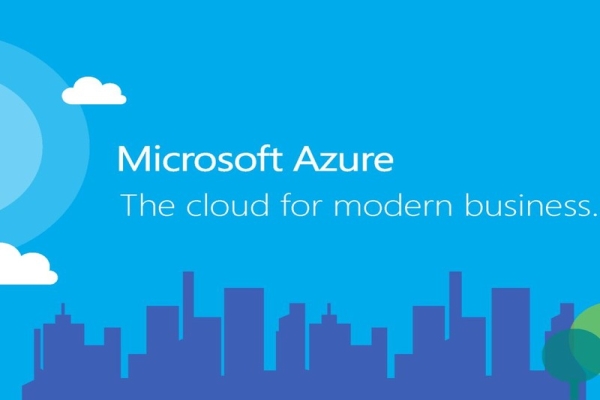Published on the 03/09/2015 | Written by Donovan Jackson

It’s almost hard to believe that Microsoft’ Australian Azure data centres have only been in place for around a year…
Machine learning, the internet of things, dev/ops, massive scale, advanced computing. All of that belongs to the big boys, right? Wrong. Among the many things provided as a service from Microsoft’s Azure data centres located worldwide is a push towards making the most hyped concepts available to anyone who wants to give them a try.
And, in a chat with iStart at Microsoft’s Ignite conference presently underway in Auckland, James Staten, the company’s chief strategist, Cloud+Enterprise Division, agreed that while scale is always a big deal for cloud service providers, there is every possibility an Azure data centre might open in New Zealand. “We have a service provider model in terms of which an existing data centre operator can provide the [Azure] stack as a hosted service and resell Microsoft technology. It’s common already in Europe and the USA and, a few weeks ago, Rackspace joined for that value.”
Staten confirmed that Microsoft is engaged in discussions with potential local partners. “We’re talking to several local possibilities; keeping the data in New Zealand is important for some customers. While we’ve already passed the certification programme for the New Zealand government to use the [existing, in Melbourne and Sydney] Australian data centres, we’re still looking at local hosting providers.”
Microsoft’s Azure provides a slew of services, including platform and infrastructure as a service, and supports a broad range of programming languages, tools and frameworks. Perhaps more than anywhere else across its empire, Azure showcases the ‘new’ cloud first Microsoft: the services available span the range from Microsoft-specific to third-party and open source software and systems.
What makes Azure different
The competitive differentiators, Staten said, come down to three points, starting with Azure’s ‘hyperscale’ capacity. “We’ve got 19 datacentres worldwide with another two each opening in India and Canada. Each region has a cluster with 100 000 to 160 000 servers; the scale and global footprint are unmatched. Even Amazon [Web Services] has just two thirds of what we have, and Google one fifth.”
But he hastened to add that while some companies will need that sort of headroom, most probably won’t. “That scale doesn’t apply to everyone, but it is there.”
The second differentiator, Staten continued, is that most of the (many – there is no shortage of competition, both global and local) hosting companies concentrate on infrastructure. “That’s great if you want to migrate applications, but then you have to manage the infrastructure, configurations and so on. You need depth of skills to do that, or you need to pay a provider. With Azure you get infrastructure services, but at the same time, if you only want to code, you can do that. We believe allowing and equipping a range of models is very important, extending the reach of the services we offer to a wider audience and allowing any member of that audience to focus on their core skills.”
The third differentiator is higher level services which are offered as part of the Azure stack. These include the likes of machine learning, development tools and test/dev environments. It is, agreed Staten, an approach which commoditises the ‘higher levels’ of computing functionality.
Commoditising the leading edge
With machine learning as an example, he explained the thinking behind the approach: “Historically, you’d need data scientists to come up with algorithms to solve complex problems, there aren’t all that many data scientists around in the world. At the same time, we know that most algorithms can answer questions which apply to many different kinds of businesses – so we turned it around to say ‘is this the question you want’, and packaged that to offer it as a service.”
What’s more, there is an incentive for those few data scientists to publish algorithms to Azure, as they can reach a ready market and monetise their intellectual property at scale. “Azure users can add machine learning [and other higher computing functions] into their applications. By responding to what happens when users interact with that application, you make it smarter, able to respond to changing circumstances. We’ve also packaged all the options into a complete suite [Cortana Analytics] at a single price, so application developers can try everything and see what works.”
As with most cloud services, there’s also the ‘try before you buy’ model, which makes it far easier for businesses to evaluate whether or not a specific service works for them.
Staten said Azure will continue to provide suites of services while seeking to make them easier to consume and implement – including complete application packages. “That will happen organically and with partners with specific industry expertise. For example, we could provide a dentist’s office in the cloud, which you can just turn on. We’ll also continue to make it easier for customers to bring more resources into the cloud and use them in a hybrid fashion – such as consistent application deployment environments across on and off premises. And then, as with the release of our internet of things suite later this year, we’ll also put services out there and let people tell us what they want from them.”



























